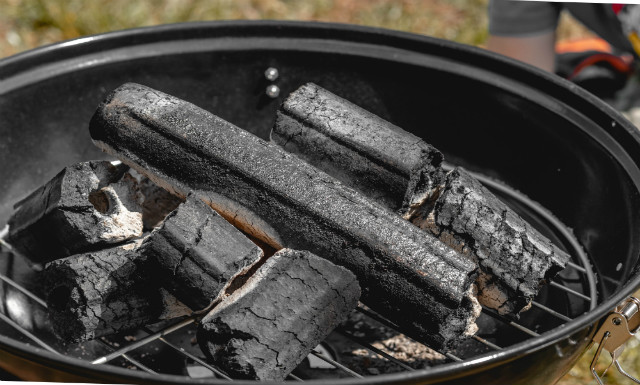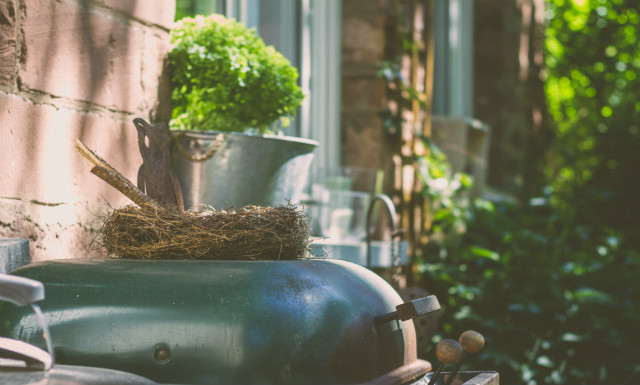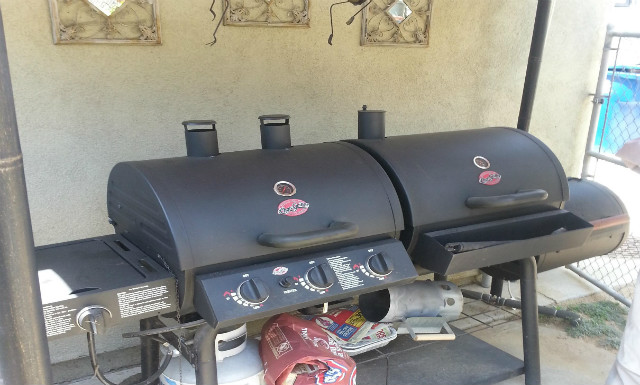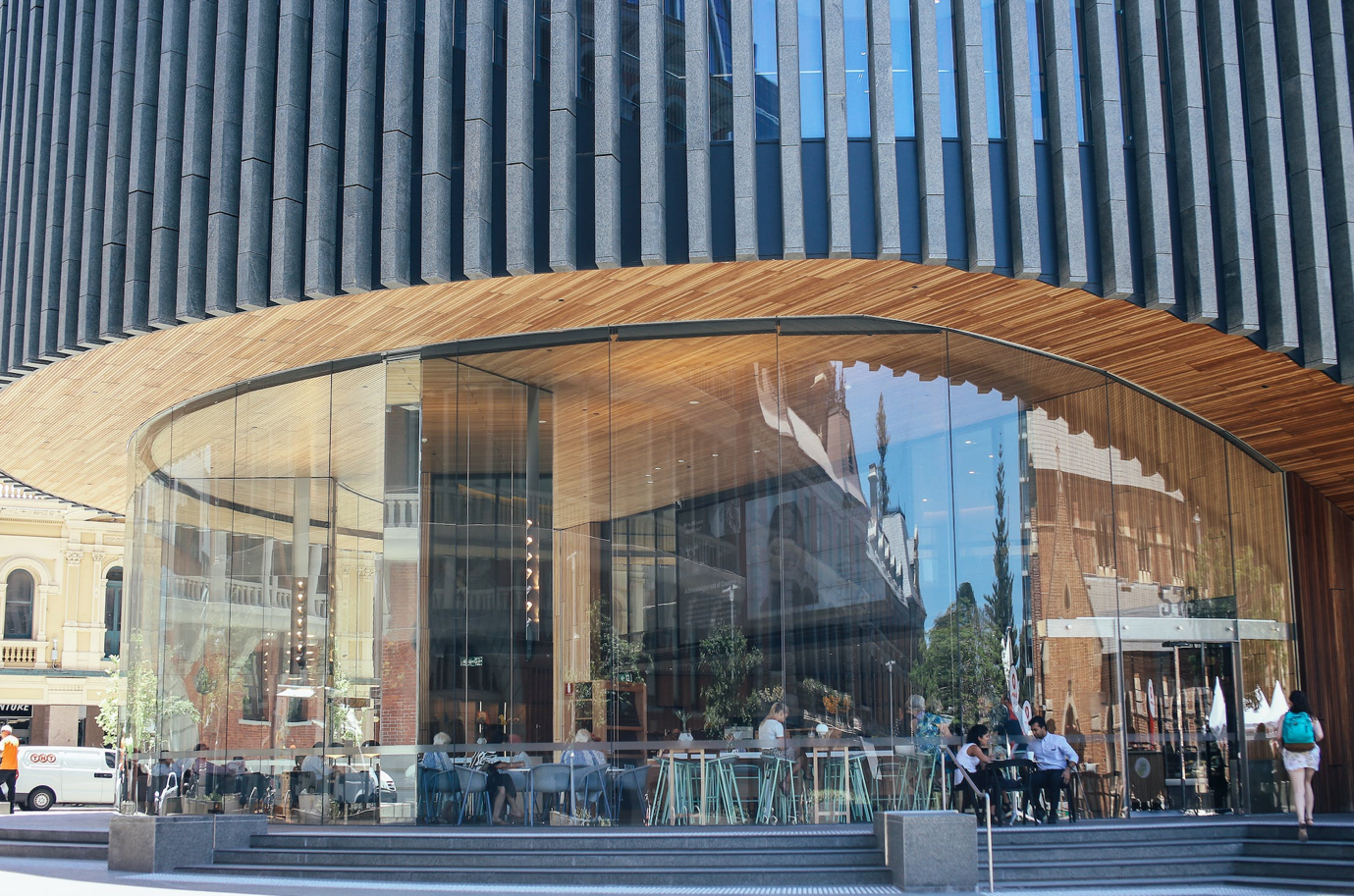Table Of Contents
Grilling is typically an outdoor sport. Unless you’re at a restaurant with one of those showy see-into-the-kitchen setups, your grill probably does its best work on the porch or patio. However, for some grill owners, it’s not realistic to let your prized cooking equipment stay outside.
Harsh weather can ruin your expensive grill, and depending on where you live, it might need to make a move indoors during the cold season, or even all the time. Grills vary—some are built-in and some are freestanding, like the variety of models on this Memphis grills review. Of course moving the grill only applies to the latter, but when you do store your grill inside, here are some things to keep in mind.
1. Do Some Self-Cleaning
Do you know that self-clean setting on your oven? It heats things so they crisp up and fall off. You can do the same for your grill just by getting it nice and hot.
Let it warm up for 15 to 20 minutes one last time before you shut it down for the winter. After the grill has had the chance to heat up, use a long-handled wire brush to scrape all the crusties off the grill surface. You can use a small bowl of water mixed with lemon to dip your brush in and remove stuck material.
2. Remove the Propane Tank
Charcoal grill owners need to follow this step, but if you’re planning on storing your gas grill for the winter, you should consider where the propane canister will live. We don’t recommend storing it connected to the grill or even indoors.
Instead, remove the tank and find a good place for it outdoors. Make sure that it’s standing upright and don’t place it near areas where children play, or where it might get hot such as near a vent from your home.
Cover the connection for the grill to keep insects from nesting inside. If you have a larger cover for the tank itself, the fabric will keep it from collecting dust and grime during the winter months. All of this will minimize the chance of an explosion or fire from a leaky tank.
3. Break Down the Major Components
Now it’s time to take apart the big parts of the grill. You don’t need to start unscrewing things. However, you should remove the grill surface, flame shields and grease tray. If your grill includes a side burner, take that off too.
With these parts removed, you can take the opportunity to clean and oil them. Use a mild degreaser to soak what you can and clean the rest with a rag or a small wire brush. Once the components are clean and dry, you can apply a thin coat of cooking oil to avoid rust from setting in due to moisture exposure. Just make sure you can move them without getting oil all over your hands afterward.
If you want to save some hassle next year, you can make plans to line the drip pan and grease tray with foil before the season starts. Go ahead and press-fit some when you store the components, that way you won’t forget.
4. Clean the Rest of Your Grill
Grease doesn’t choose specific parts of the grill to get on, so there’s probably a fine layer all over your equipment, even if you’ve only used it for a single season. With the rest of your breakdown complete, you have the opportunity to scrub down the exterior of your grill.
Since it’s likely painted, this is not the place to use a wire brush. Instead, use a soft scrubbing pad like you might have in the kitchen, plus a mild degreaser. Let it dry before you store your grill.
5. Store Your Grill
The last step is what this entire process has been working up to. You probably want to keep your grill somewhere easy to move back outside, where it won’t be messed with by kids or in the way. One ideal spot is inside your garage. Unfortunately, if you’re like most, your garage door controls are not functioning smoothly. Getting timely garage door repairs at https://titangaragedoors.ca/service-area/garage-door-repair-in-maple-ridge/ helps you get any issues with your garage door fixed on time and prevents the development of any major faults. If you keep on postponing minor repairs, you are only bracing yourself for major repair costs. You can also add more space by sorting through your collection and adding more storage options.
Hang Up the Tongs
Once you’ve found the best spot, it’s time to hang up the tongs and continue the long trudge through winter. At least you’ve got your grill to look forward to when the sun comes back!
Author Bio:
Dylan Bartlett, aka, The Regular Guide, writes about food and similar topics on his site. Check out Just a Regular Guide for more, or follow Dylan on Twitter @theregularguide for frequent updates on his work.









